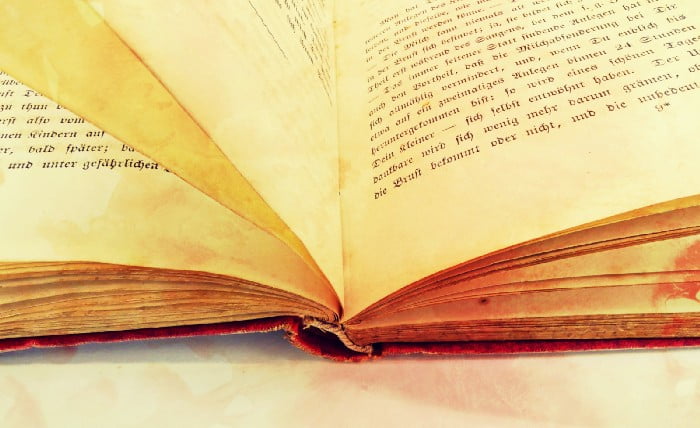
How to Utilize Paragraph Structure in Your Writing
The smallest details can have the biggest impact on your readers
If you’re a writer, you’re probably used to thinking long and hard about everything you put into a story. If you’re like me, you probably spend hours upon hours coming up with your plot. You might write with a thesaurus so that each word is intentional. Maybe you re-word (and re-word again) every snippet of dialogue to ensure that what your characters say sounds natural. But have you ever thought about how you structure your paragraphs?
Paragraph structure is something that many writers don’t really think too much about. We all write paragraphs — it’s the most common way to write anything from an email to an essay — so it comes naturally. But have you ever thought about how the structure of your paragraphs affects what you are trying to say?
I know there was a time in my writing life where I didn’t pay any mind to how my paragraphs were structured. It’s not something I was too concerned about. My paragraphs were fine — they had the right amount of sentences and varied in length. There were paragraph breaks in spots where it seemed natural to do so, and all was well. Until one of our readers at borrowed solace suggested doing a podcast on paragraph structure and I actually put some thought into it.
Paragraphs are important, but we don’t pay them much attention. Here’s why we should change that:
Paragraphs can help establish the flow of your story
Ever read a story that’s hard to read and you just can’t put your finger on why? Often it has to do with paragraph structure. One of the best tips I ever received from one of my English professors in college was to connect your paragraphs together in some way. Sure, this advice was geared towards writing academic essays, but it undoubtedly comes in handy when writing anything at all!
If you’re wondering how to do this, the simplest way is the one that my professor pointed out — take a phrase, sentence, or word from the paragraph before the one you’re writing and weave it into the beginning of your next paragraph. Obviously, this won’t always work — especially if you’re writing dialogue or using short paragraphs in the particular scene you’re working on, but it’s a fool-proof way to make sure any long paragraphs you’re writing flow together seamlessly. Without paying attention to small details like this, the flow of your story can suffer.
Paragraphs can aid in characterization
This goes hand in hand with how your story flows but is even more specific — you can write paragraphs describing a character, or paragraphs where a character speaks, in a way that adds to their characterization. You can create an intriguing narrator or protagonist by utilizing the way they think and speak when it comes to paragraph structure. Little things like having a character speak in long-winded paragraphs can instantly convey how annoying that character might be, even without outright saying that they are annoying or frustrating. Leave it up to the reader to make that distinction, which they inevitably will when they start to dread whenever a particularly wordy character jumps in to contribute to the conversation. Similarly, have a character be abrupt or curt by using short sentences and small paragraphs to describe their actions and dialogue. Creative vivid characters by using not only individual words but how they come together in a paragraph.
Paragraphs can add emphasis
This is probably one of the more obvious points, but it’s one that withstands scrutiny — how you structure paragraphs can add emphasis to different parts of your story. It’s similar to how enjambment works in poetry — if you want to add emphasis to a particular word, cut the line at that word and finish your sentence on the next line. If you want to add emphasis to a certain bit of dialogue or a certain bit of description in your story, end your paragraph where you want the emphasis. For even more emphasis, make that all-important line or description into its own paragraph!
Paragraphs are how your readers will read
So make sure your paragraphs are set up for the reader. What kind of story would you rather read: one that flows smoothly and is easy to read or one where everything is lost amongst a sea of massive paragraphs? You get to make that decision, as the writer, but think about how your story will come across when it is eventually read. Readers will devour your book one word, one sentence, and one paragraph at a time. So make each paragraph worth devouring, and you’ll wind up with happy readers and a successful story.





